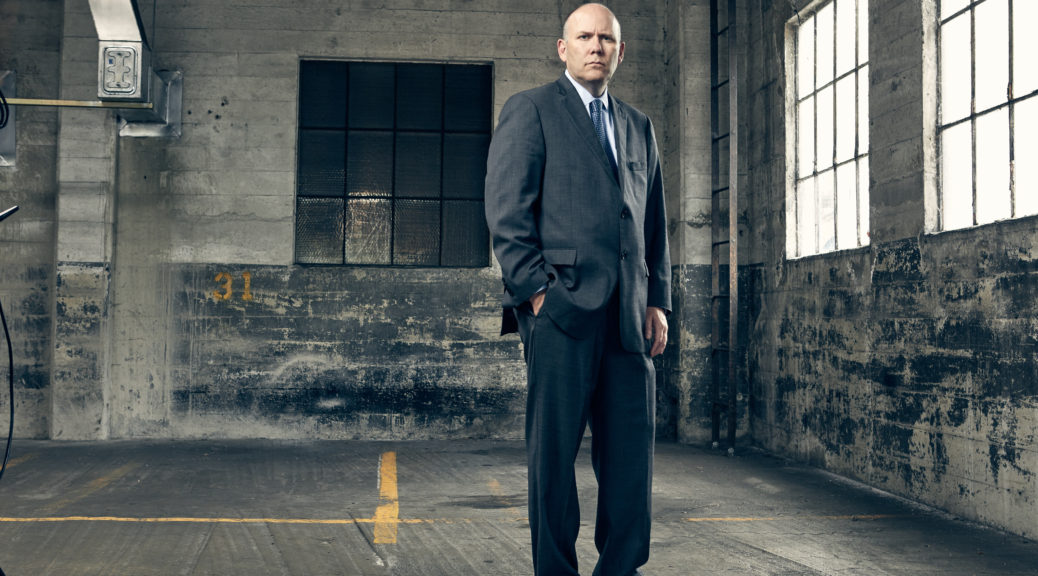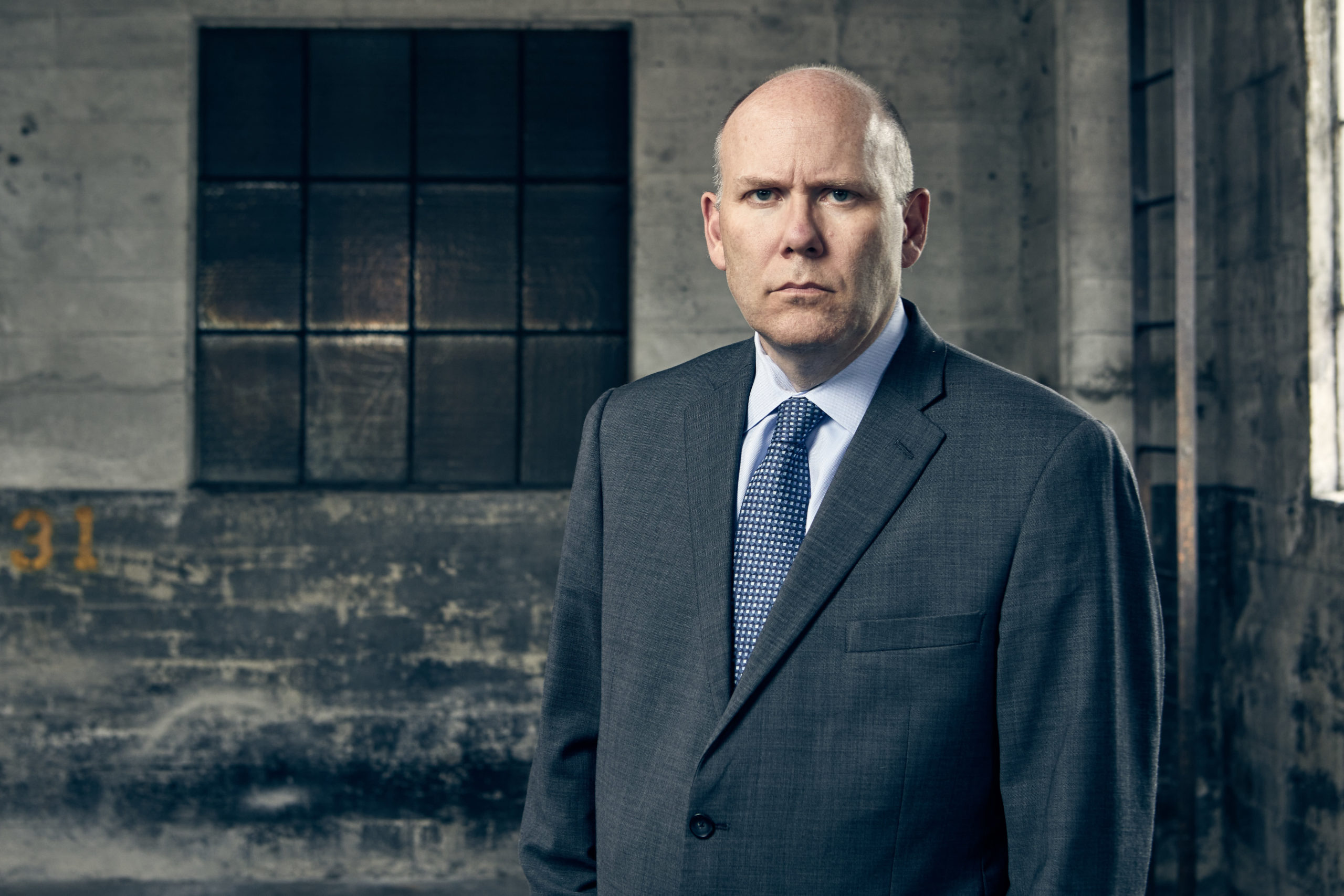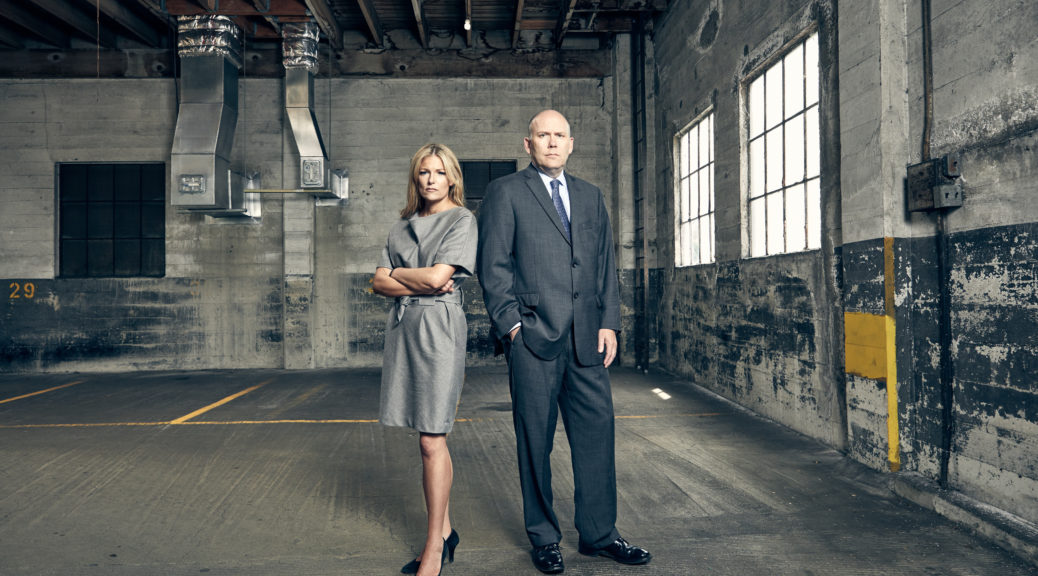
As explained in detail below, there are three types of visitor status: business invitee, licensee, and trespasser. The duty of the person in control (the “possessor”) of the premises where the injury occurred is controlled by the legal status of the injured visitor at the time of the injury. This may include the obligation of the possessor to protect the visitor against injuries from third parties or animals.
An understanding of negligence law in Oregon requires a brief discussion of pre- and post-1987 common law decisions. Prior to 1987, Oregon generally held to a conventional approach to negligence cases, requiring the existence of a duty, a breach of that duty, causation, and damages. However, since the cases decided in the period around 1987, common law negligence in Oregon now depends on whether the defendant’s conduct unreasonably created a foreseeable risk to a protected interest of the kind of harm that befell the plaintiff.
This change from the strict adherence to the traditional common law elements of duty, breach, causation, and damages was a result of the Oregon appellate courts’ perceived overuse of the cliché “duty” or “no duty.” Oregon courts, therefore, began to encourage juries and judges to decide each case on its own facts. Duty continues to play an affirmative role when the parties invoke a particular status, relationship or standard of conduct beyond the standards generated by common law. This was the result of the so-called Fazzolari principle, which now governs negligence law in Oregon. Fazzolari v. Portland School District 1J, 303 Or 1 (1987).
Fazzolari typically requires a three-part test:
- Determine whether a particular status or relationship exists;
- If so, analyze that status, relationship, or standard to determine whether a “duty” beyond that of ordinary care exists;
- If such a standard, status or relationship is not alleged, then analyze the case under principles of general negligence based on foreseeability of risk of harm.
The General Premises Liability Claim Under Oregon Law
Premises liability is based on the fact that a defect in the land that poses a danger to those who are not in possession of the land, but are present on the land either for their own benefit or the benefit of their host. The person in possession and control of land is obligated to cause no unreasonable harm to others in the vicinity. W. Page Keeton, et al., Prosser and Keeton on the Law of Torts § 57 at 386 (5th ed 1984 and Supp 1988). The particular duty owed by an occupier of land to a visitor is dictated by the visitor’s status. Settle v. PGE, 81 Or App 474, 477 (1986), rev den, 302 Or 460 (1986).
As discussed above, the Oregon Supreme Court has dealt extensively with the concept of duty in common-law negligence cases and, in the series of cases in 1987 discussed above, largely overhauled common-law negligence principles in Oregon. The same negligence principles apply in premises liability cases. In other words, as in Fazzolari, 303 Or 1, discussed above, Oregon premises liability law determines whether the defendant’s conduct created a foreseeable risk to a protected interest of the kind of harm that befell the plaintiff.
Business Invitees
Three categories of visitor status exist in Oregon: invitee, licensee, and trespasser. Stewart v. Kralman, 240 Or App 510, 517 (2011). Business invitees are, for example, customers in stores, restaurants, gyms, or entertainment events. Johnson v. Short, 213 Or App 255, 260 (2007) (stating that, “In general, a business invitee is a person who is invited to enter or remain on land for a purpose directly or indirectly connected with business dealings with the possessor of the land.” (Internal citation and quotation marks omitted)). A possessor of premises has the duty to “warn of latent dangers” and to “protect the invitee against dangers in the condition of the premises about which the [possessor] knows or should reasonably have known.” Id. (internal citation and quotation marks omitted).
Licensees
Most cases involving injuries to invitees concern allegedly defective conditions. Stated simply, a licensee is someone who is on the premises at the possessor’s invitation and for the benefit of the licensee. A good example might be the guest at a dinner party. Determining whether the possessor of the premises breached a duty owed the licensee involves a three-part test. For an injured licensee to recover, he or she must allege and prove all three parts. The possessor of land is subject to liability for physical harm to a licensee caused by a condition of land if the possessor:
- Knows of the condition or by the exercise of reasonable care would discover the condition and realizes or should realize that it involves an unreasonable risk of harm to the invitee;
- Expects or should expect that an invitee will not discover or realize the danger or will fail to protect himself or herself against it; and
- Fails to exercise reasonable care to protect the invitee against the danger.
Katter v. Jack’s Datsun Sales, Inc., 279 Or 161, 167 (1977).
Trespassers
The possessor of land has no duty to a trespasser to make the premises safe. However, the possessor of land cannot intentionally create hazards for trespassers.
The Duty To Make a Business Invitee Safe and/or to Protect Him or Her from Acts of Third Persons
A more specific premises liability claim stems from the Oregon common law notion that a possessor of land has a duty to protect invitees from the negligent or intentional acts of third persons or animals. If the possessor fails to exercise reasonable care to discover acts being done or likely to be done and fails to warn patrons or protect against harm by third persons, he or she is liable. Restatement (Second) Of Torts §344 (1965). See also Whelchel v. Strangways, 275 Or 297 (1976) (tavern owner who knows or should know of likelihood of boisterous conduct may be required to provide additional employees for protection of patrons). A premises liability claimant must first have a premises liability theory to have a cause of action that the possessor of land did not protect him or her from the injuries of third parties.
Recreational Use Immunity
The recreational use statute was enacted by the Oregon legislature in 1995. Oregon encourages landowners to make their land available to the public for recreational purposes. ORS 105.676. See also ORS 105.672-699. Consistent with that policy, the recreational use statute provides that an owner of land who makes it available for public use is not liable for any personal injury arising out of the injured person’s use of the land. ORS 105.682(1). The recreational use statute is a powerful and complete defense.
However, if the injured party paid money to use the land, the statutory immunity is not available to the defendant. ORS 105.688(3). In such cases, the possessor must rely on conventional defenses for premises liability.
Assumption of the Risk
The doctrine of implied assumption of the risk has been abolished in Oregon. ORS 31.620(2). A defendant is prohibited from asserting implied assumption of the risk as an affirmative defense that might act as a complete bar to recovery. Blair v. Mt. Hood Meadows Dev. Corp., 291 Or 293 (reh’g den, modified on other grounds by 291 Or 703 (1981)). This statutory abolition was largely orchestrated by the powerful skiing industry–economically, the largest recreational industry in Oregon.
A defendant may choose to informally raise arguments that previously would have been allowed as affirmative defenses, e.g., implied assumption of the risk. However, those arguments are now placed into the comparative fault equation. In other words, if a defendant can establish that a plaintiff “voluntarily and unreasonably” undertook a risk created by the defendant’s conduct, the fact finder must consider such conduct in comparison to the defendant’s negligent acts. Id. at 301.





